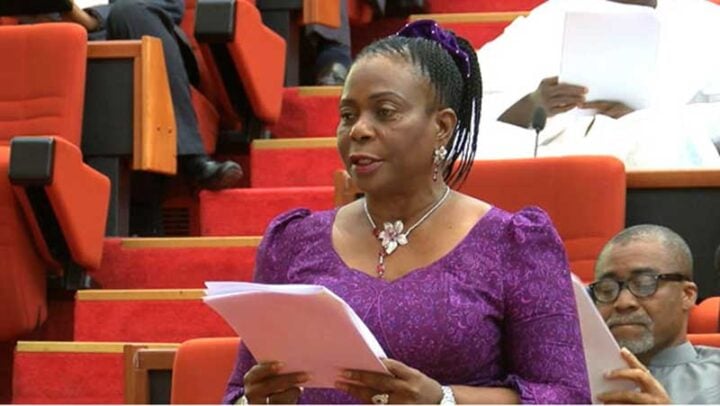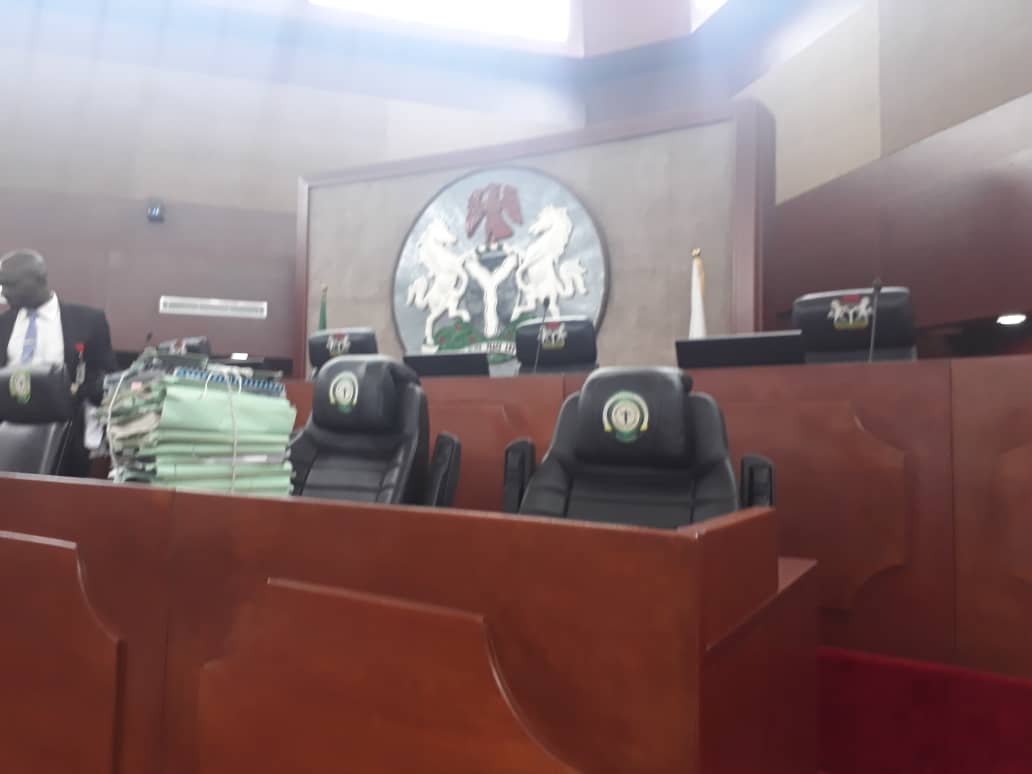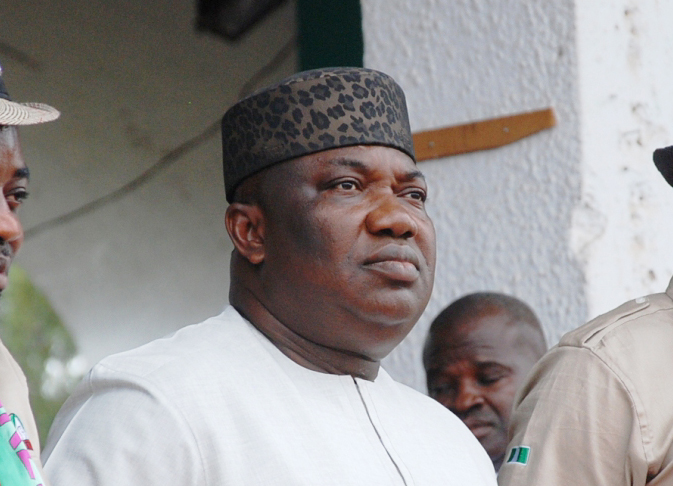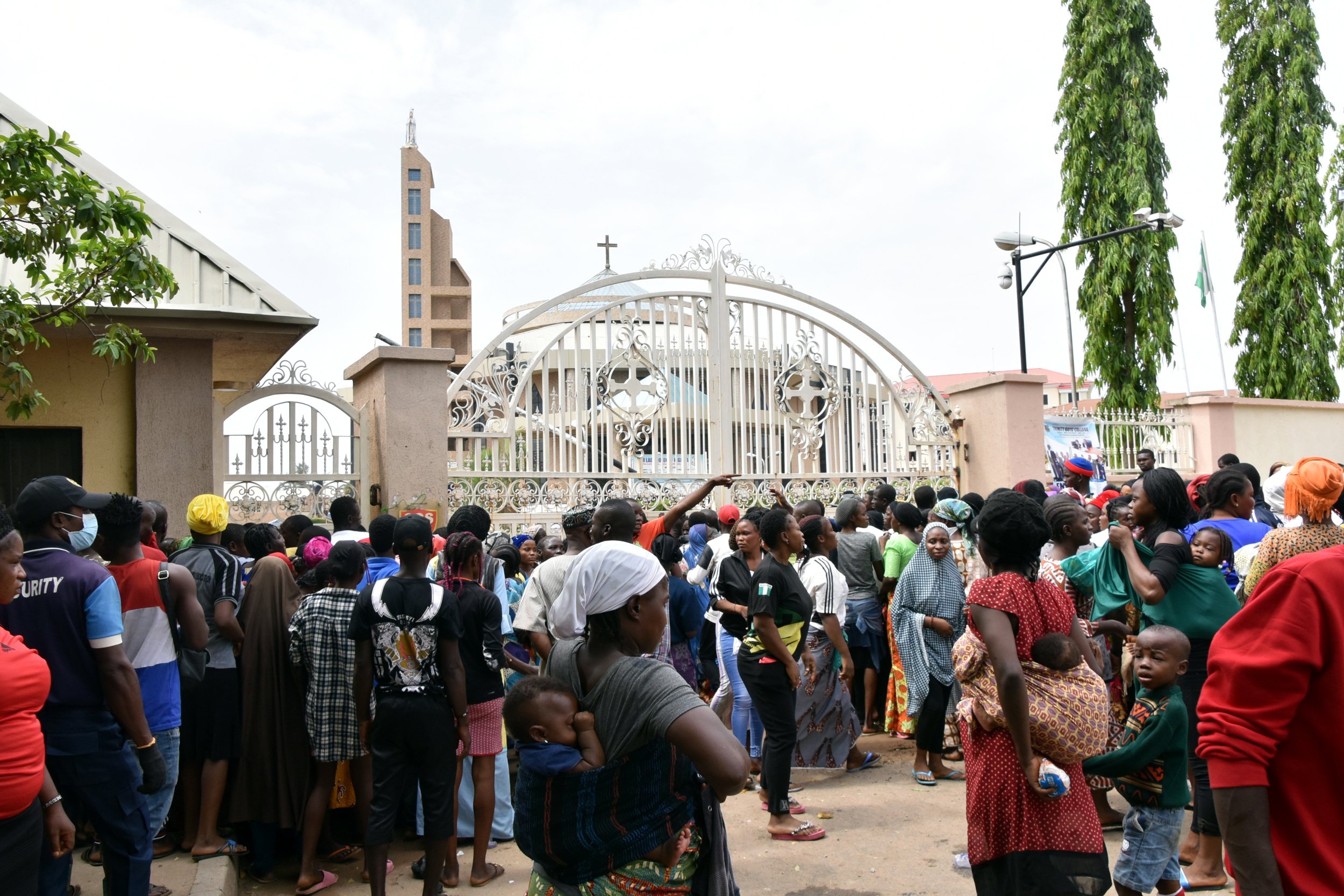BY GODSWILL OKIYI
The amount of information on social media, are usually much, and where one is not careful, he can be drowned in the pool of fake news and misinformation that swim across cyberspace.
Man’s quest to become better informed has become a net in which he is trapped, as a result of the deluge of information, news, stories of events, personalities etcetera that he is faced with, due to the nature and availability of social media platforms.
The COVID-19 pandemic which led to the shutdown of the world has also unleashed the Goebbels in most people hidden in their corners of the World, without diversion, feeding fears and tension through information, true and false.
Advertisement
Related to these, are video clips which are viral on social media platforms. To paraphrase, two showed two women apparently in rural settings, who were asked about the pandemic. One from what I got, pronounced the disease as, ‘Cordelia Festus’, the other called it, ‘corona nivos’. At another occasion, a street seller was asked what he understood as social distancing, he candidly confessed that he didn’t know. When asked what, ‘quarantine’ means, he said it meant ‘to cough’. As hilarious as these may be, they leave a big question for those in authority to answer.
Even among the educated, it could be difficult to come to terms with certain words trending at the moment. Yet, they get by through interactions, the conventional media and books. Or, they can simply Google such words to search for what they meant.
On the other hand, how can Governments, responsible bodies and others explain and ensure that those in slum areas and rural communities understand the gravity and dangers posed by COVID-19, and social regulations to obey?
Advertisement
It becomes important to involve communication experts who can provide solutions using demographics and psychographic of those population to design messages they will understand. Unfortunately, lots of terms being used are technical and do not relate to the lexis or orthography of different languages spoken in Nigeria. This becomes worrisome.
A look at the activities of NCDC, the Presidential Committee on COVID-19, state governments and the media show that consideration has not been given to ensure not only reach, but an understanding of dangers inherent with the pandemic. Howbeit, some states have authorised communities to inform members to stay home, and keep away from one another. Challenges arising from these are much, but are not meant to be examined here. But the realization of maintains social distancing poses a significant problem those in authority should work on.
Importance of communications experts to work with technical and medical professionals to design messages in language the people will understand and abide by is paramount, and should be done. This is because, Nigeria’s major population live in rural communities, and even when the pandemic comes under control, in urban centres, there will still be 75% of Nigerians who are at risk of contracting the virus and become vectors for its spread and stay.
Okiyi is a lecturer at the mass communication department of Nasarawa State University, Keffi.
Advertisement
Views expressed by contributors are strictly personal and not of TheCable.
Add a comment






